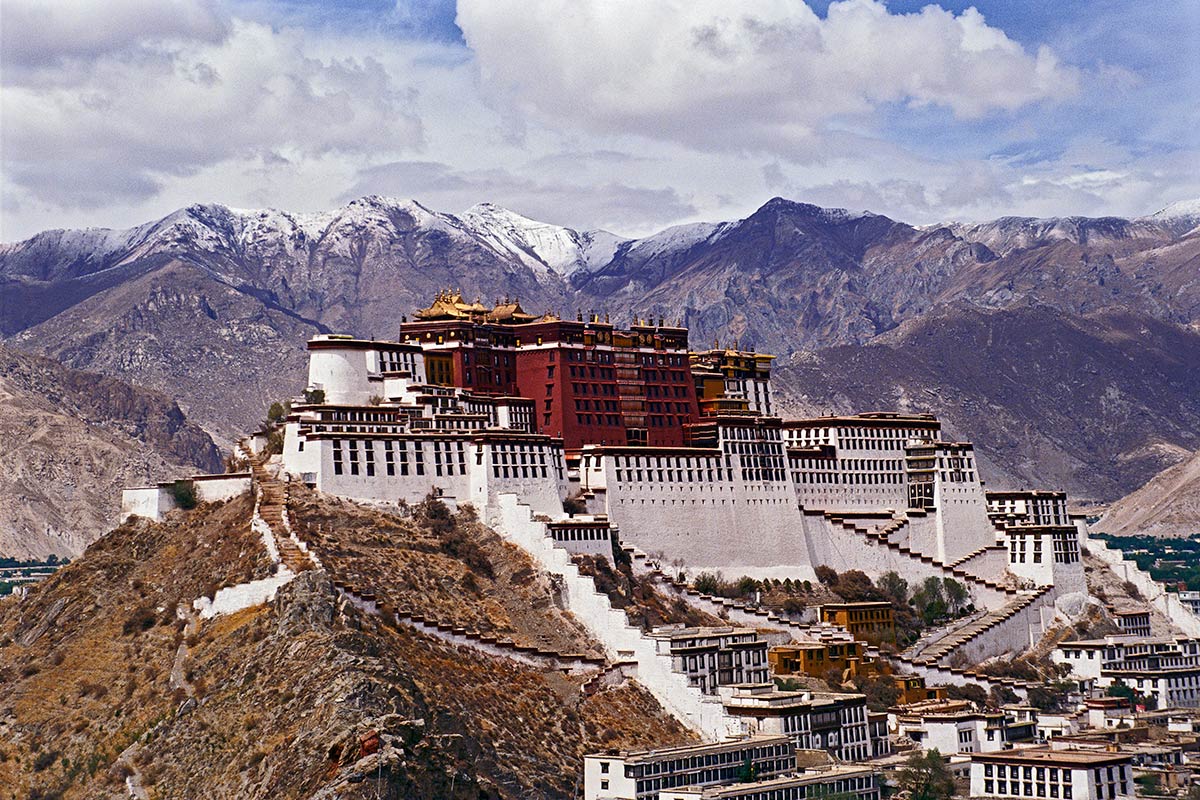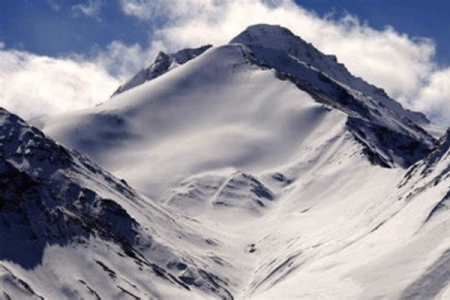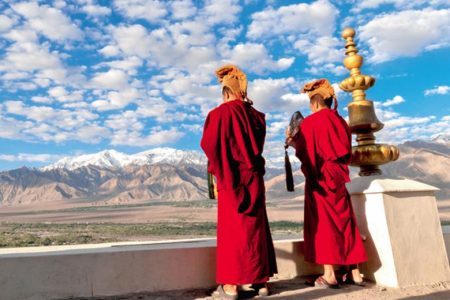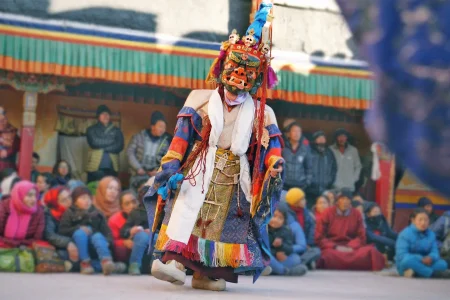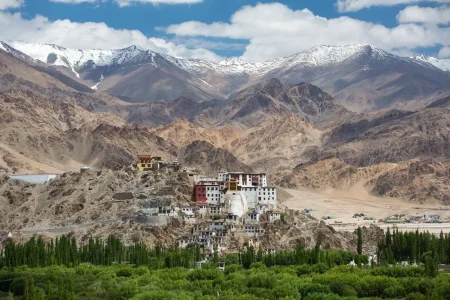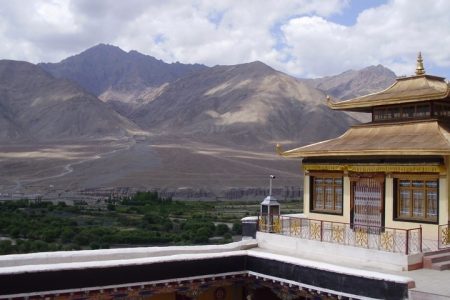While Rumbak Valley itself does not have major historical monuments or palaces, it holds significance in Ladakhi pastoral culture. For centuries, local communities have inhabited this remote valley, living sustainably with nature. The valley lies within the Hemis National Park—established in 1981—which itself is historically important as the first national park in North India and the highest in the world. Its proximity to ancient trade and pilgrimage routes adds historical depth to the region.
Rumbak is a traditional Ladakhi village with only a few homes, most built in the classic Ladakhi architectural style. These houses are constructed from mud bricks, stone, and timber—designed to withstand the harsh Himalayan climate. Flat roofs, small windows, whitewashed walls, and Buddhist prayer flags fluttering above homes define the village’s architectural layout. There’s no urban infrastructure—only trails, homestays, and wide open landscapes merging into rugged mountains and narrow gorges.
